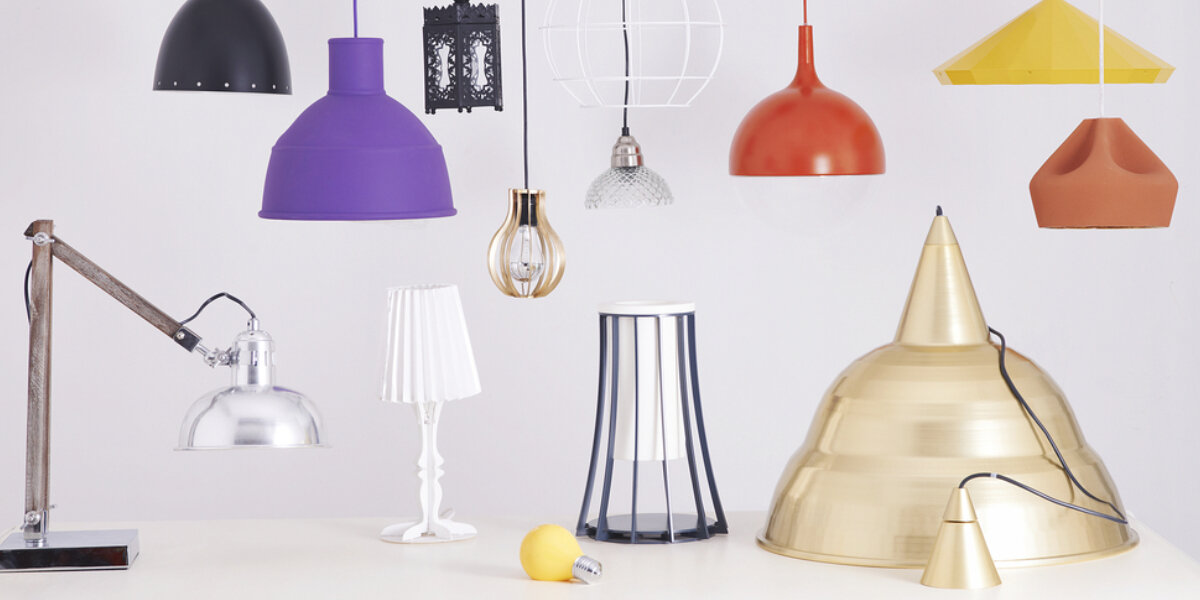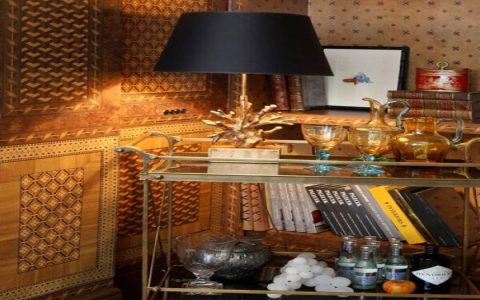Classic Design Masters
Tiffany Studios established timeless principles through Louis Comfort Tiffany's iconic stained-glass lamps (1890s-1930s). Featuring nature-inspired motifs like wisteria and dragonflies, these handcrafted pieces pioneered layered-glass techniques that create luminous depth. The enduring legacy lies in organic forms interacting with colored light.
Mid-Century Functionalists
Gino Sarfatti’s Arteluce designs (1939-1973) revolutionized industrial aesthetics with lightweight aluminum and adjustable arms. His Model 2097 chandelier exemplified minimalism through modular glass discs suspended on thin wiring. Key modern principles include:
- Ergonomic flexibility for task lighting
- Radical reduction to geometric essentials
- Integration of new materials like perspex
Contemporary Innovators
Ingo Maurer (1966-present) treats light as sculptural medium, merging technology with poetic expression. Works like Lucellino use LED systems with natural elements – suspended goose feathers around bulbs create kinetic shadow plays. Modern hallmarks include:

- Interactive or programmable lighting systems
- Hybridization of digital and artisanal techniques
- Light as spatial experience rather than mere fixture
Evolutionary Contrasts
Materiality: Classic designs favor brass/leaded glass; modern works employ carbon fiber and smart polymers.
Craft Approach: Tiffany emphasized meticulous handwork; Maurer prototypes with 3D printing.
Light Quality: Warm, diffused glow defines Tiffany; Sarfatti engineered directional beams; Maurer embraces dynamic color temperature shifts.







